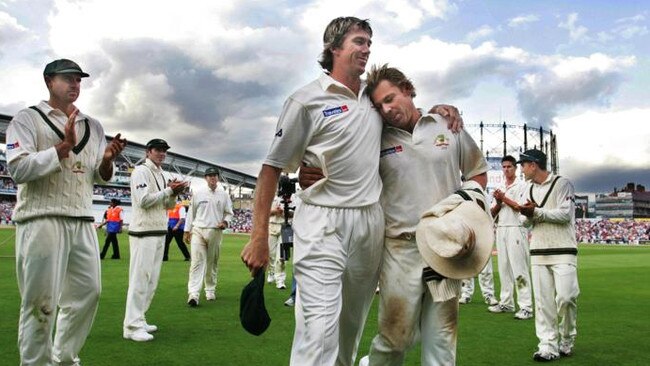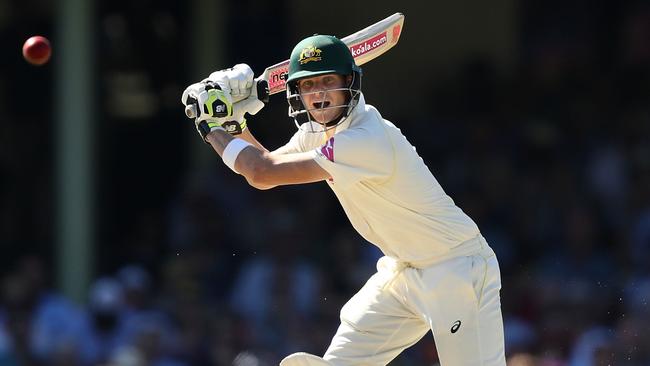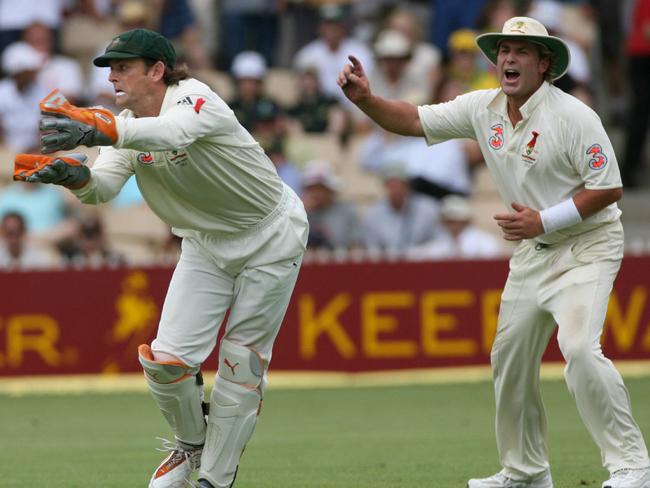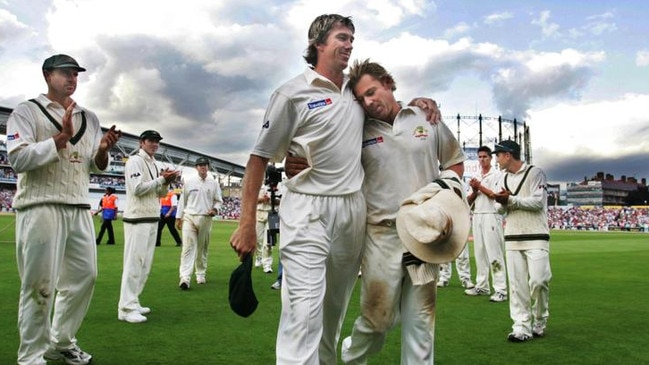Robert Craddock: Simple truth behind Australian cricket’s slump
HIDDEN somewhere behind the rhetoric that will accompany the release of Australia’s cultural reviews will be the simple truth about a cricket nation suffering from a horror hangover, Robert Craddock writes.

Cricket
Don't miss out on the headlines from Cricket. Followed categories will be added to My News.
HIDDEN somewhere behind the rhetoric that will accompany the release of Australia’s cultural reviews will be the simple truth about a cricket nation which lost its way when its greatest generation of players vanished.
When Cricket Australia pulls away the curtains on its two reviews on Monday there will be much talk of an unhealthy winning obsession, misguided priorities and the push for fresh standards.
But the bottom line is that since those memorable few summers a decade ago when Shane Warne, Glenn McGrath and Adam Gilchrist led a golden generation into retirement, the Australian ship has been bobbing aimlessly on the high seas.

MORE CRICKET
HOW AUSTRALIA IS REBUILDING AFTER SANDPAPERGATE
‘HORRIFIC’ AUSSIES TAKE THE BLAME
Australian cricket hoped it would be like the All Blacks, where great players are replaced by very good ones who soon become great in their own right as they fall off the end of a production line that seemingly chugs on forever.
But, despite sporadic success and the emergence of players such as Steve Smith, Nathan Lyon and some fast bowlers, it never happened.

And the pain of never quite delivering just kept niggling, prompting desperate measures such as sending players out as crude attack dogs and taking sandpaper on to a cricket field.
For years Australia almost considered it a matter of formality it was the No.1-ranked cricket side in the world, which it was for almost nine years without a break until mid-2009.
But since then Australia has held the No.1 ranking for a paltry nine months in nine years.
Currently it’s in an inglorious fifth position behind India, South Africa, England and – gulp – New Zealand, who have not won any of the past 12 series against Australia spanning a quarter of a century.

A reason behind the fall, especially the striking inability of Australia to produce exceptional batsmen, traces all the way down the chain to how young players are prepared.
When Australian junior coaches are taught to coach batsmen, it’s not about how but how many.
Old maxims such as a straight left elbow in defence have been replaced by the need to be aggressive and get a full swing at the ball in the knowledge that, in some competitions, children have to retire after 30 or 40 balls.
In some ways this is a refreshing move for the times and there is no doubt, in our all-action, short attention-spanned world, it draws children to the game.
But it also produces lightweight batsmen who are not equipped for heavy duty Test play.
With wickets getting flatter and ball machines becoming more prevalent, batsmen become conditioned to facing thousands of balls under perfect conditions but, on match day when the ball seams or spins, they instantly become vulnerable.
Australian coaches are confused at what they should be teaching young players because the game’s priorities are so scrambled. Do they want a long form warrior or a short form blaster?
Australia were bowled out for 89 in a T20 match against Pakistan on Thursday in which six players were bowled and eight faced seven balls or less.
Minds are muddled. Techniques are flawed.
Get ready for cricket like never before. FREE Sport HD + Entertainment until the first 4K cricket ball as part of 3 months free on a 12 month plan. SIGN UP TODAY. T&Cs apply.
Originally published as Robert Craddock: Simple truth behind Australian cricket’s slump
